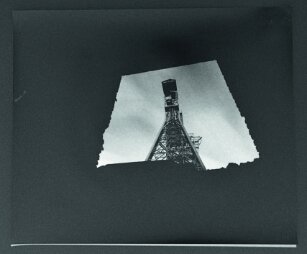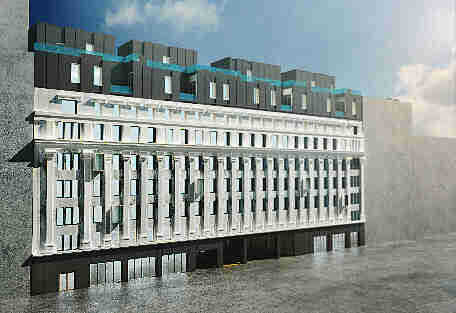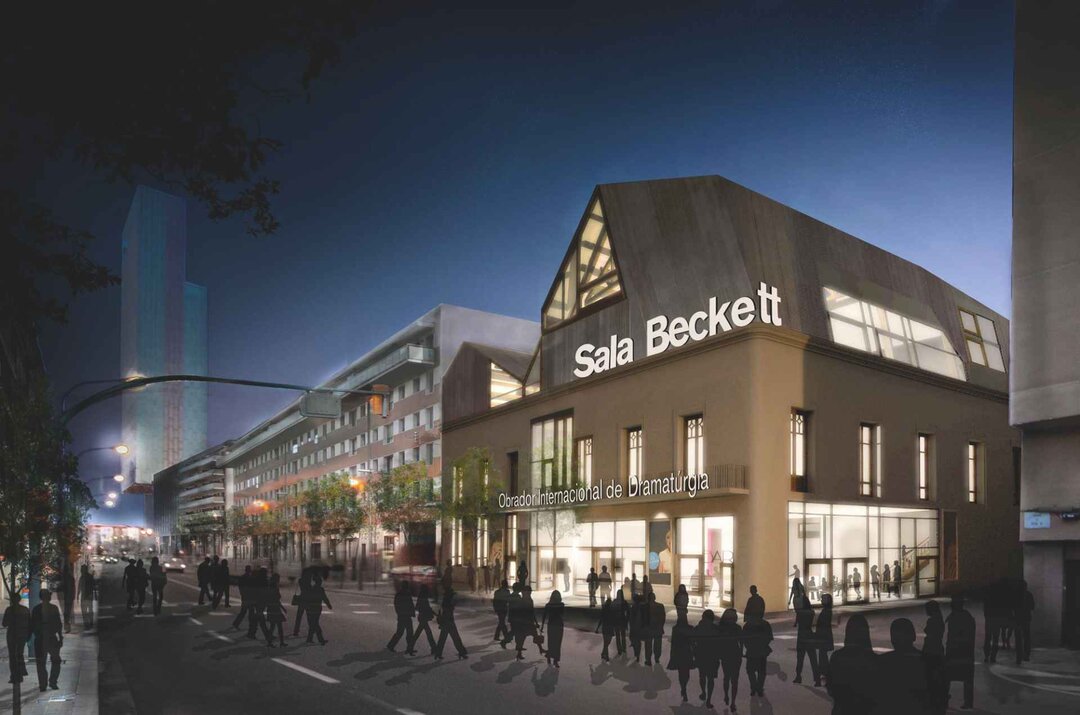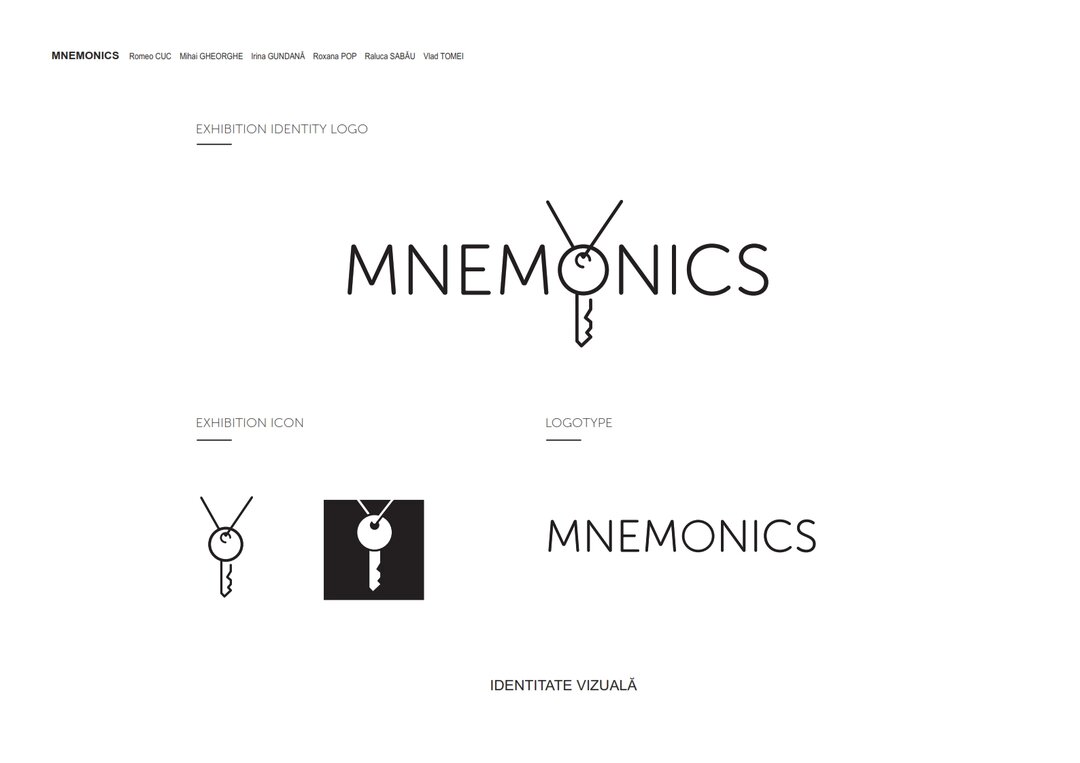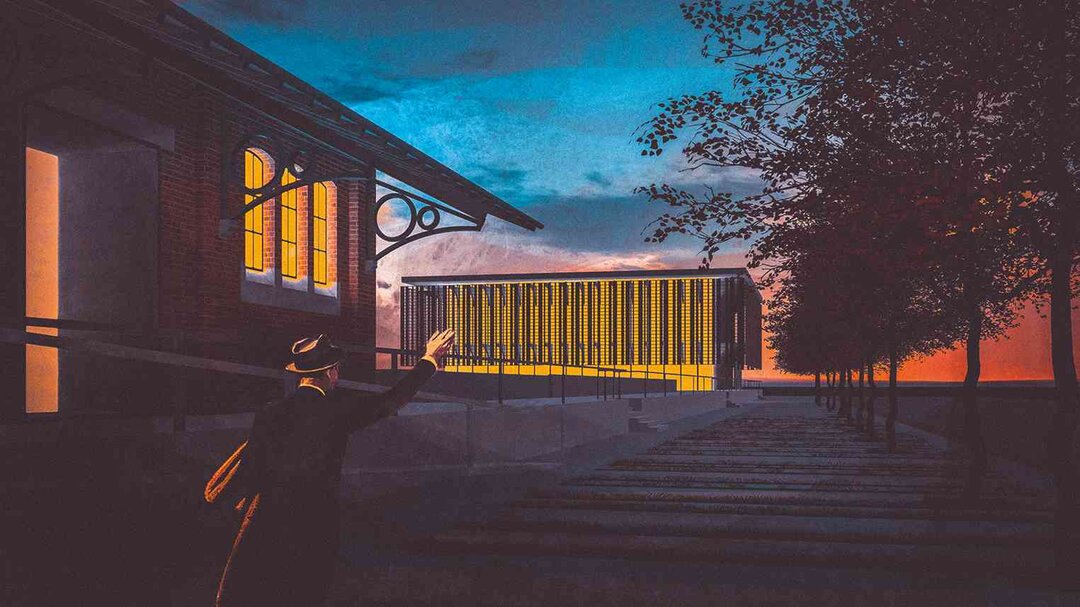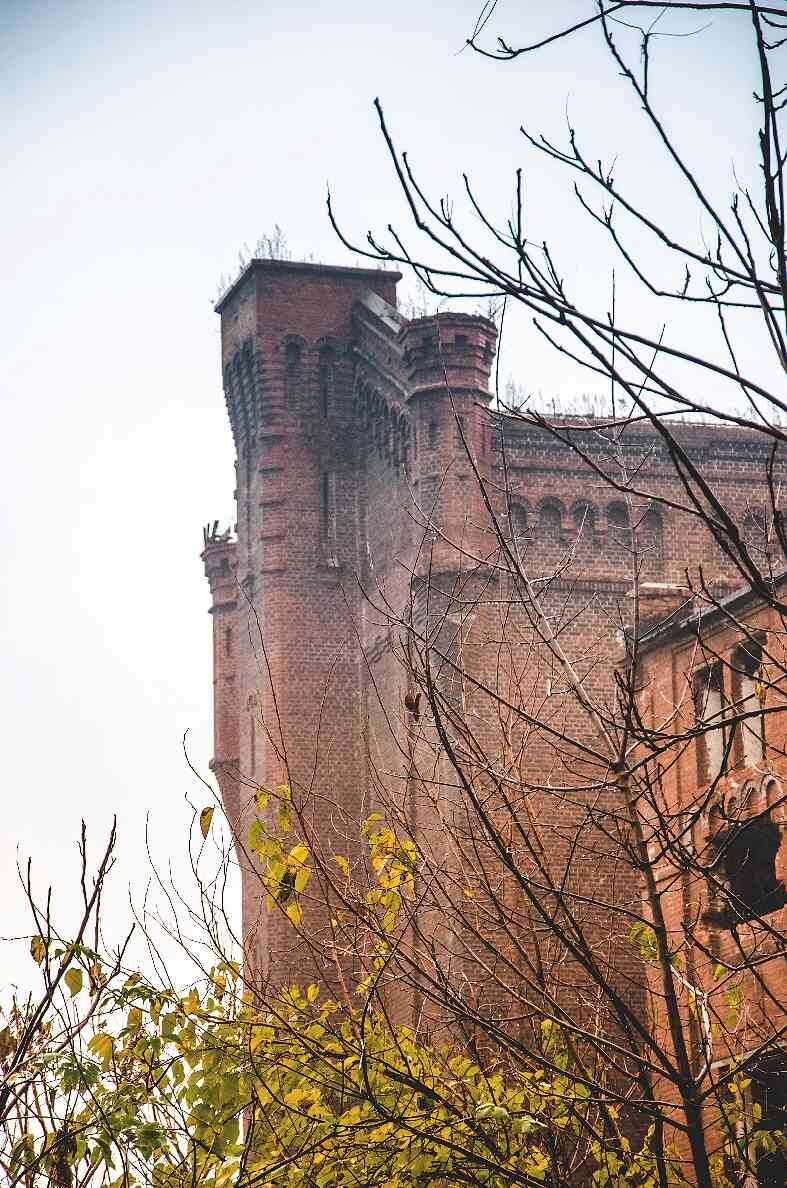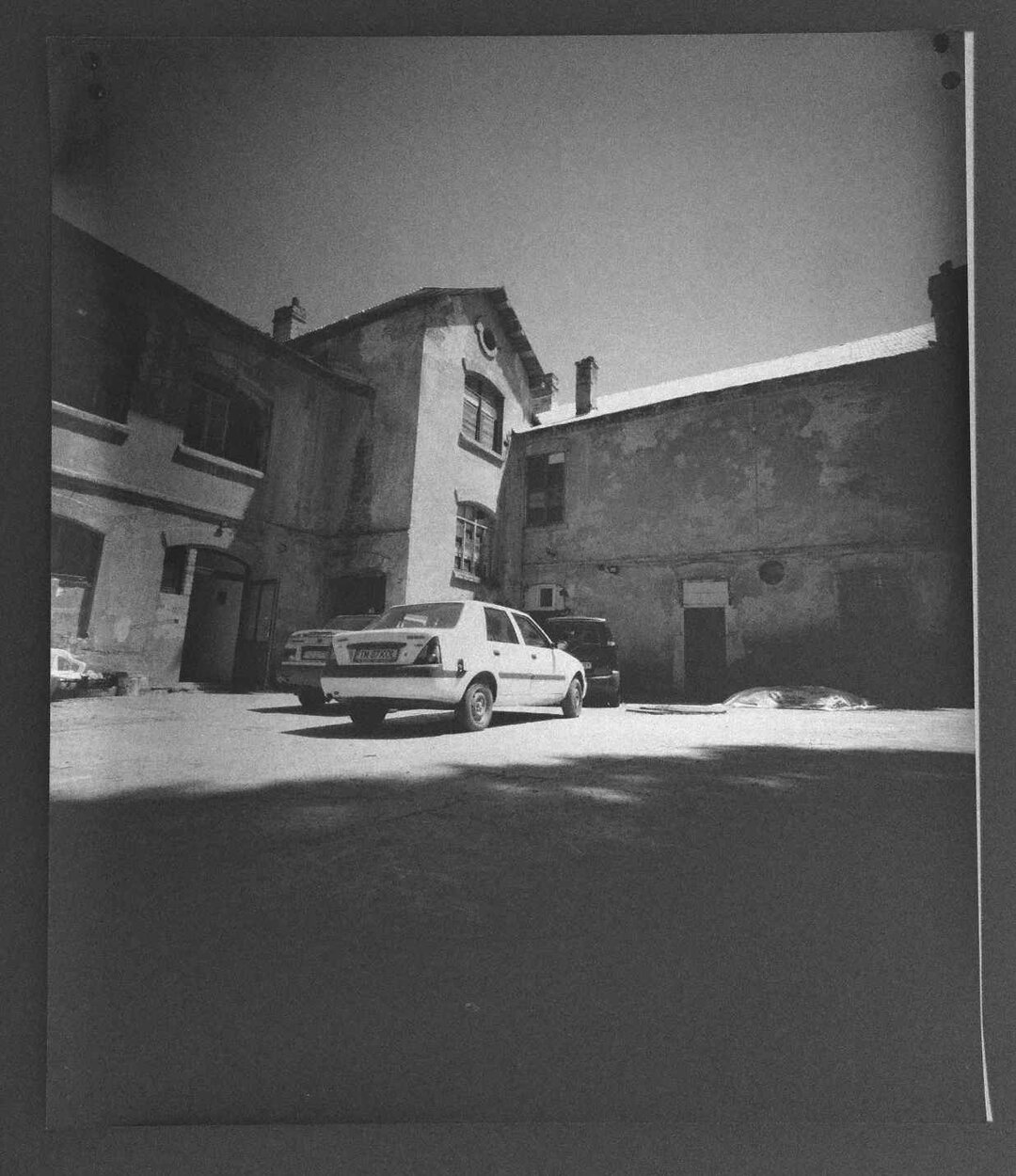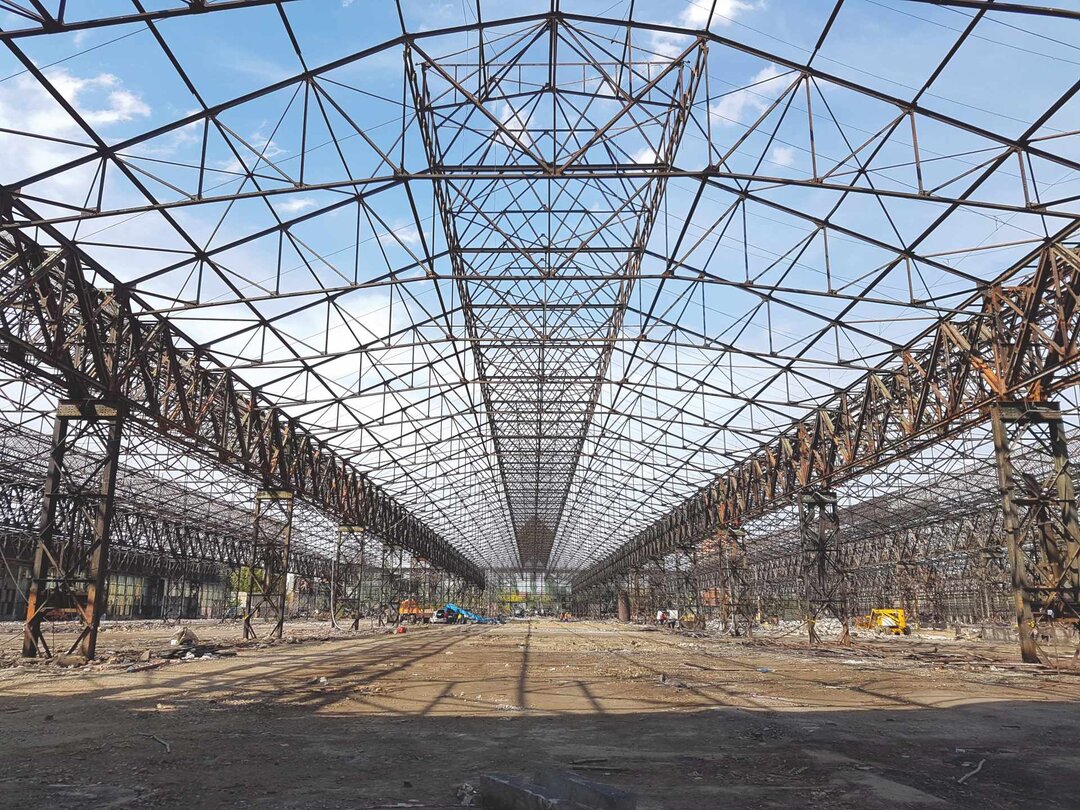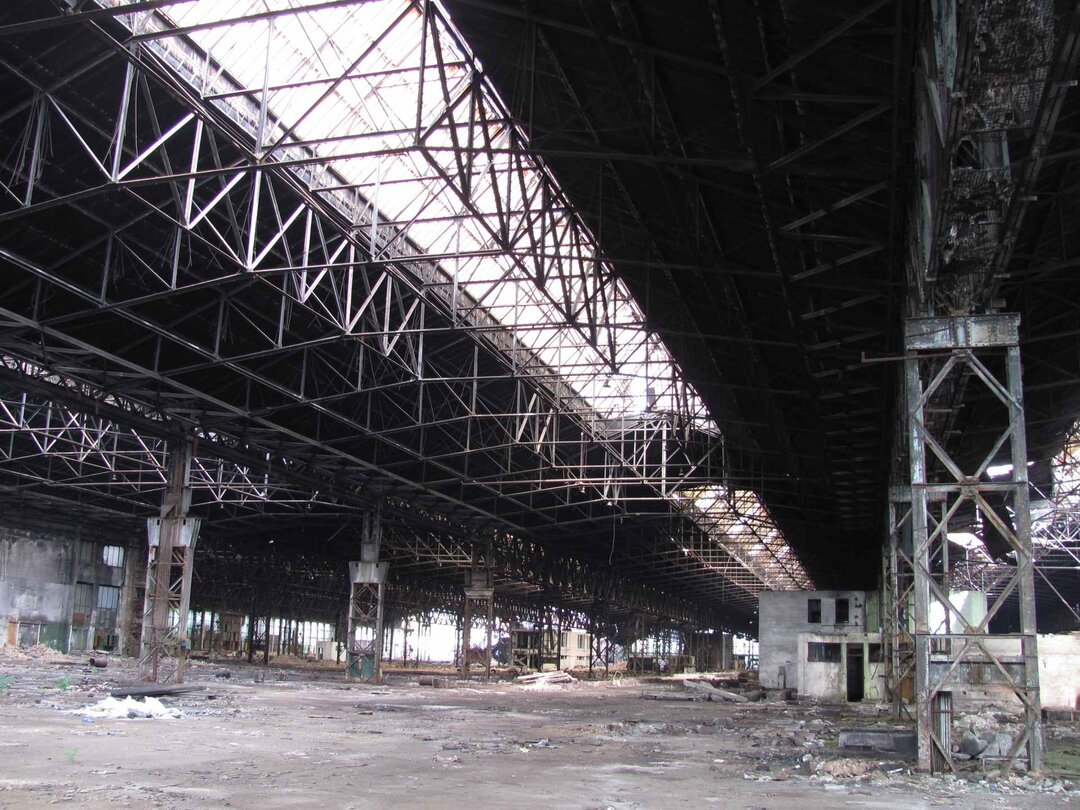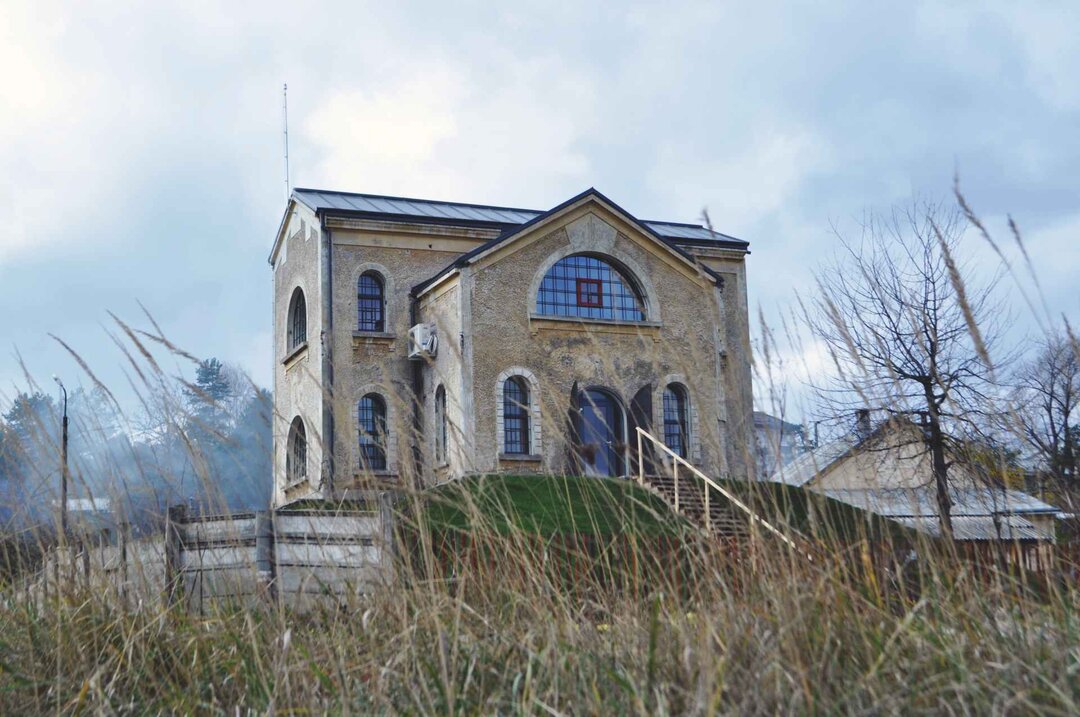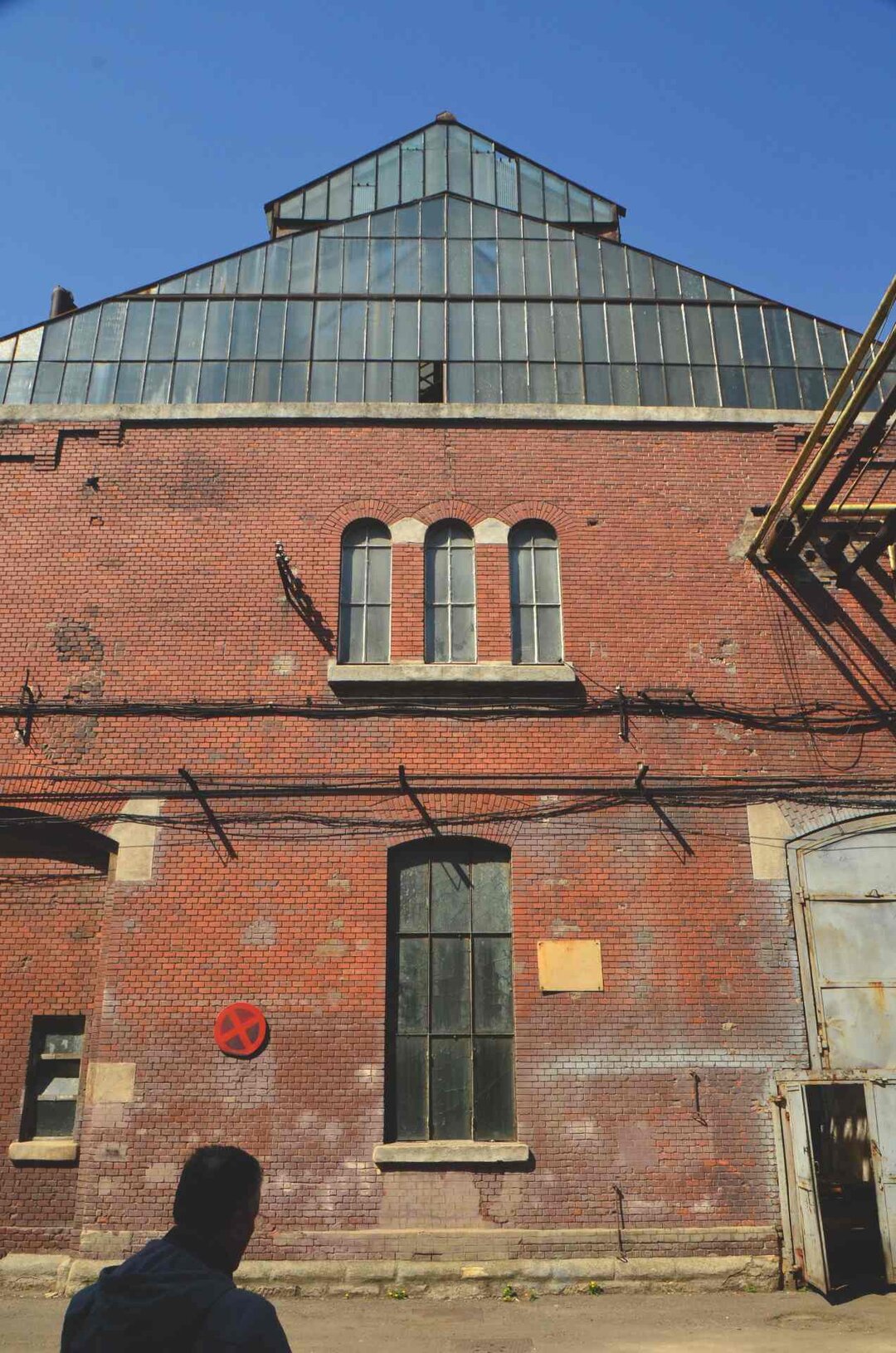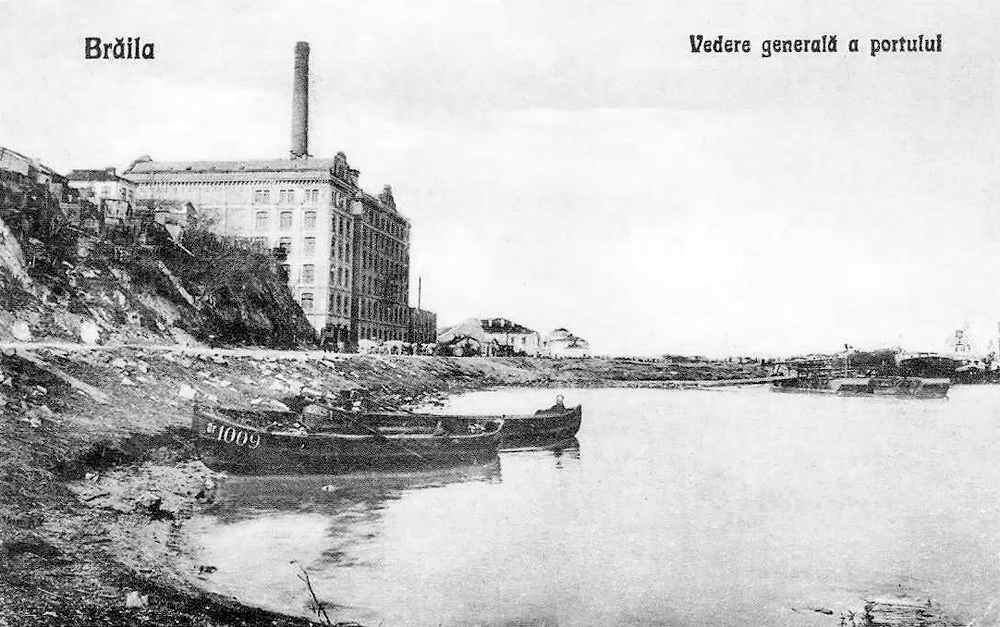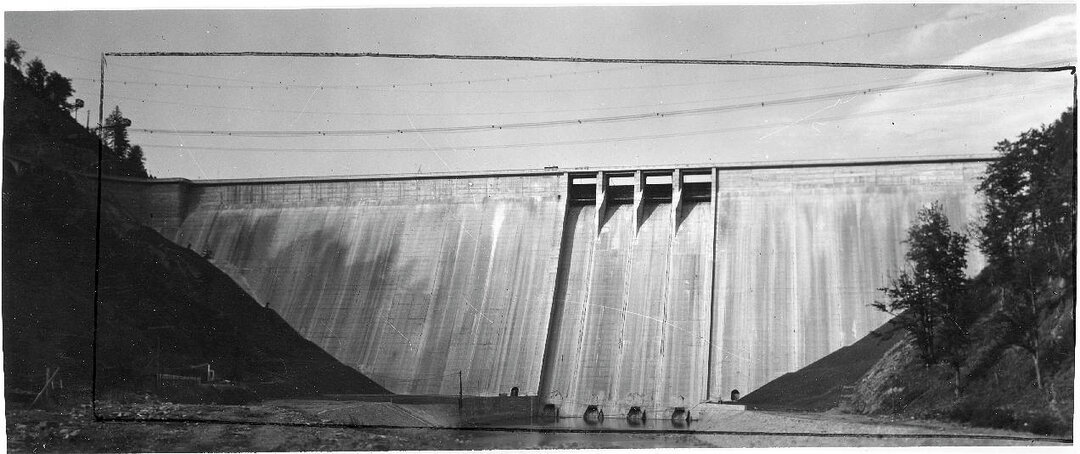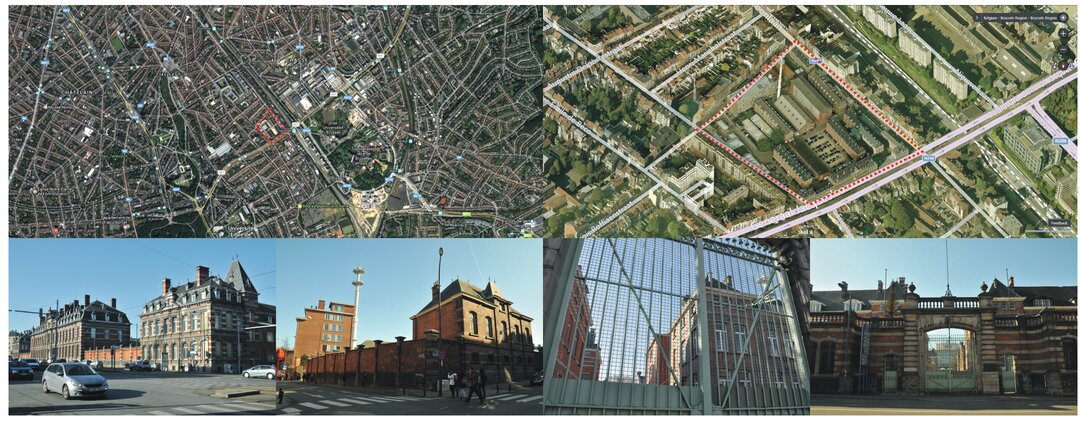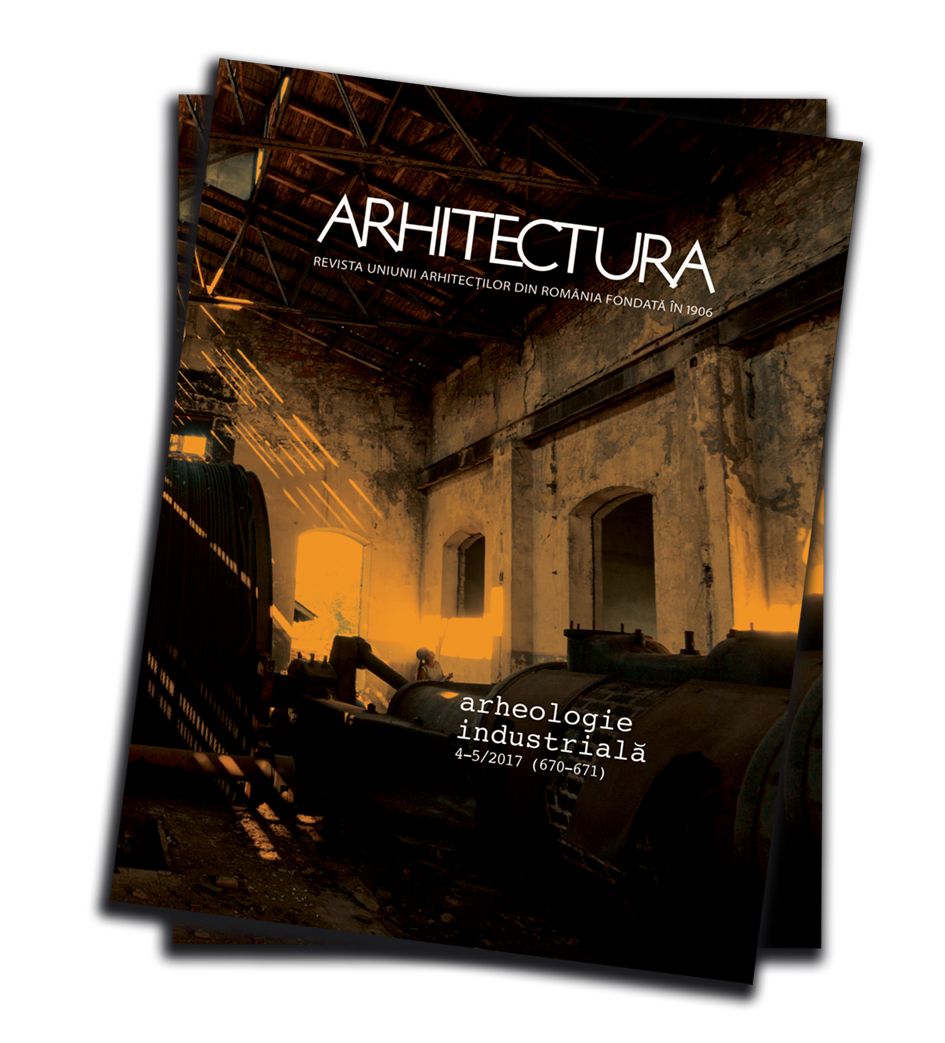
De Stijl Centenary. About Dutch Cow with Style
International News
CENTENARY OF STIJL.
About Dutch Cow with Style
text: Maria MĂNESCU
"The purpose of nature is man, the purpose of man is style"
(Mondrian, De Stijl, October 1919)
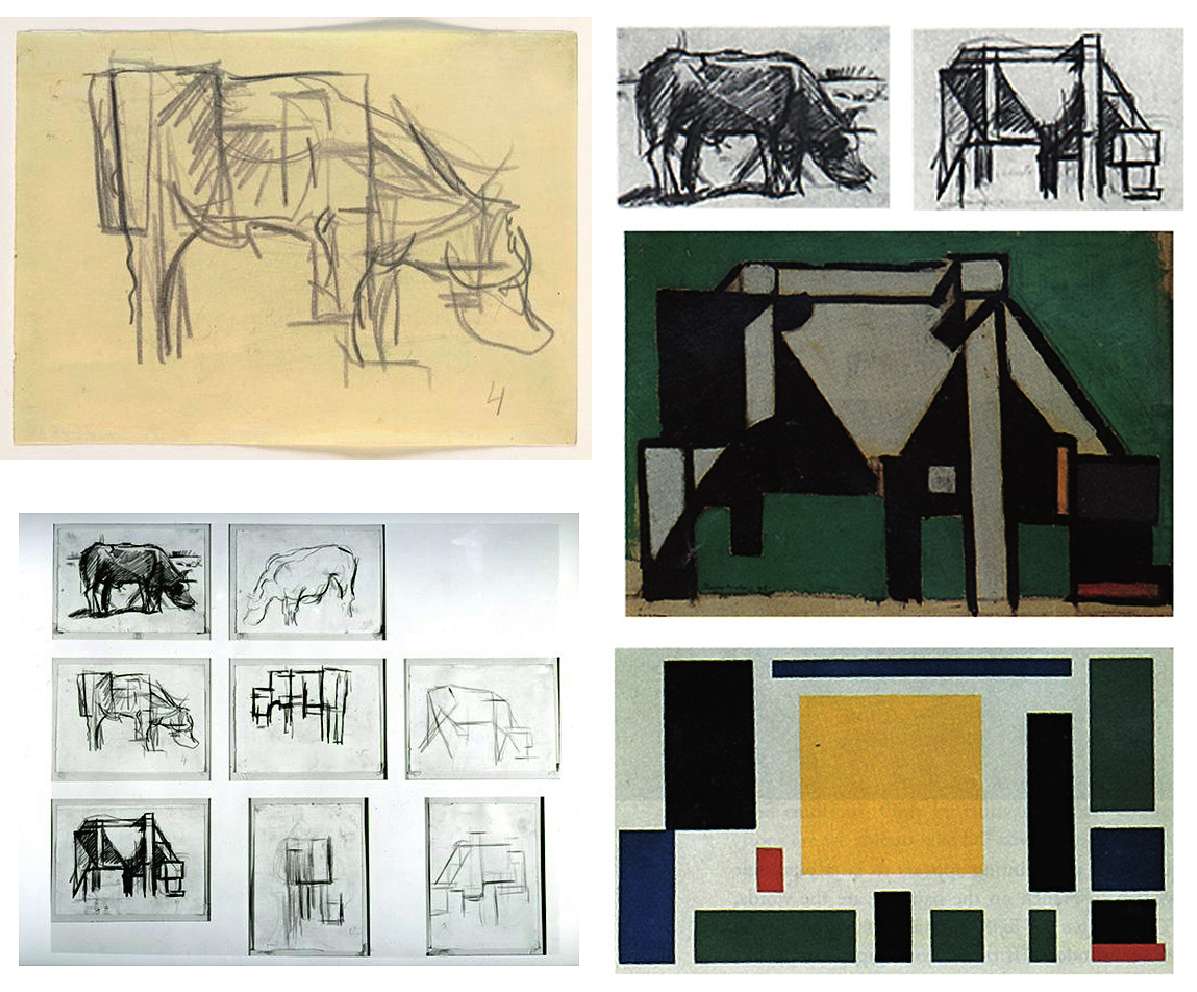
This year marks the 100th anniversary of the founding of De Stijl (Dutch for 'Style') in 1917 by the Dutch painter, graphic artist and writer Theo van Doesburg, a proponent of neoplasticism. He had been active as early as 1908, first as a painter and then as a theorist. From 1913, Van Doesburg also began to take an interest in architecture and, in particular, in the problems of integrating 'pure' painting into architecture, working in collaboration with the architects Jacobus Johannes Pieter Oud and Jan Wils. Together with Oud, he founded the short-lived 'Sphynx' art group in Leiden in 1916, but a year later, in 1917, he was already editing the magazine De Stijl. The group that gathered around the magazine - the architects and designers J. J. J. P. Oud, J. Wils, Gerrit Thomas Rietveld, Cornelis van Eesteren, Robert van t'Hoff and Mart Stam, the painters Piet (Pieter Cornelius) Mondrian, Vilmos Huszar and Bart Anthony van der Leck, and the sculptor Georges Vantongerloo - coalesced around the idea of a return to the purity of form and to the real nature that was apparently hidden behind the figurative. The "style" manifested itself in their work through rectangular drawing, the use of pure colors, the absence of ornamentation, and a preference for abstraction.
Given the time of the magazine's inauguration, 1917, it seems plausible that the desire to redefine or reinvent reality had its origins in the trauma of the First World War, which had just ended. They believed that there was more to life than they had been shown, but in visual terms, this 'something more' was achieved through minimization and simplification rather than embellishment.




CENTENARY OF STIJL
IN EVENTS

HAGA
100 Years of De Stijl - Mondrian to Dutch Design.
Mondrian treatment
February 3, 2017 - The City of The Hague officially launches the De Stijl Centenary Commemorative Year.
Richard Meier, the architect who skillfully used white, non-color as a means of architectural expression, describing it in his 1984 Pritzker Prize speech, the author of the Hague City Hall (completed in 1995), decided to pay homage to the De Stijl centenary by transforming the facade of the City Hall into the canvas of a huge Mondrian painting, the largest Mondrian painting in the world. Madje Vollaers and Pascal Zwart of the Rotterdam-based design studio Studio Vollaerszwart did the work on the facade of the City Hall, and they went on to 'Mondrianize' other buildings in the city. This massive intervention in the city's appearance is the most spectacular element of an extensive nationwide program of commemorations and exhibitions celebrating the centenary of De Stijl and its influences in art, design and architecture.
Thus, applying the "Mondrian treatment" to several buildings in the city is a way of recognizing the impact the De Stijl movement has had on modern architecture, in the training of architects such as Gerrit Rietveld, Mies van der Rohe, Charles and Ray Eames. The principles of De Stijl continue to inspire many Dutch designers like Hella Jongerius, Maarten Baas, Joris Laarman and Piet Hein Eek.
As the owner of the largest Mondrian collection in the world (in the Gemeentemuseum, The Hague's Municipal Museum, housed in the iconic Art Deco building designed by renowned Dutch architect H. P. Berlage) and the largest De Stijl collection, The Hague is celebrating the centenary with several evocative events. Since 2011, the Gemeentemuseum, the municipal museum, has presented a permanent collection of 300 works by Mondrian, guiding visitors through his entire oeuvre, from his earliest paintings to the spectacular Victory Boogie Woogie, on the one hand, and a series of works by De Stijl group members Theo van Doesburg, Bart van der Leck and Gerrit Rietveld on the other.
In 2017, the museum's permanent collection was supported by a series of temporary exhibitions and presentations of the De Stijl movement, under the generic title 100 Years of De Stijl - Mondrian to Dutch Design.

February 2-May 21 - the first exhibition entitled "Piet Mondrian and Bart Van der Leck - Inventing a New Art" presented through 80 works the close collaboration between the two artists over three years and how they influenced each other. Although the art and architecture magazine that gave the movement its name was founded by Theo van Doesburg, it was Mondrian and Van der Leck who developed the De Stijl movement. Both were equally controversial. Mondrian's 1907 painting The Red Cloud was criticized by contemporaries. In 1909, Frederik van Eeden, a renowned novelist and psychiatrist, thought that Mondrian was suffering from a mental illness, judging by his abstract paintings.
June 3 to September 24 - "The Discovery of Mondrian" retrospective
10 June-17 September - "De Stijl, Architecture and Interiors" exhibition, where fans of contemporary art and design can admire De Stijl architecture and specific interiors from a century ago (the star of the show is the famous iconic red-blue chair designed by Gerritt Rietveld and painted in Mondrian's colors). The exhibition illustrates how these works have formed the basis of contemporary design.

UTRECHT, city of Gerrit Rietveld
The region of Utrecht and Amersfoort is home to four of the most important De Stijl personalities: Piet Mondrian, Theo van Doesburg, Bart Van der Leck and Gerrit Rietveld. These artists felt an urgent need to take a big step towards a 'modern era' dedicated to abstract art and responding to new visual rules that promoted the use of primary colors and horizontal and vertical lines. This trend would serve not only the artistic world but also everyday life through design and architecture.
March 4 to June 11 - Centraal Museum - retrospective of furniture designed by Rietveld and interactive exhibition Schröder House. This Unesco World Heritage building has influenced the 'pixelized modern architecture' practiced by Rem Koolhaas, for example.
AMERSFOORT, city of Piet Mondrian
3 May-3 September - Kunsthal KAdE museum Amersfoort - "The Colors of De Stijl" exhibition. The exhibition brings together an ambitious selection of works by a wide range of artists, including pioneers of the movement, such as Theo van Doesburg and Piet Mondrian, as well as mid-20th century artists who were inspired by their ideas, such as Josef Albers and Barnett Newman, and contemporary artists who continue to explore their philosophies today.
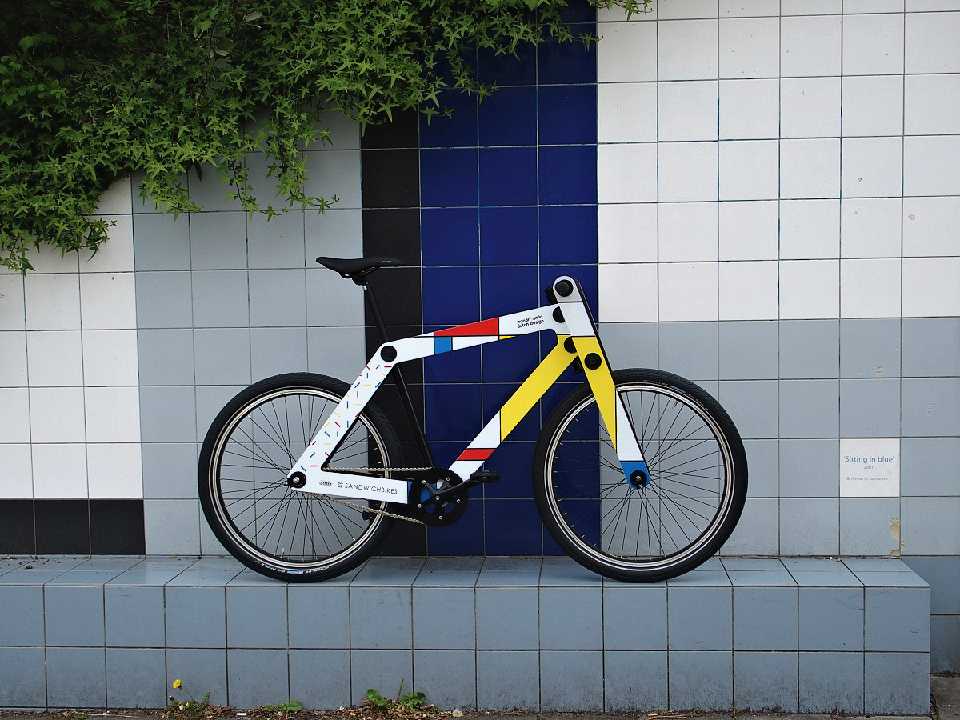
HARDERWIJK
May 20, 2017-January 7, 2018 - The Stadsmuseum Harderwijk, Exhibition Vilmos Huszár and 100 Years De Stijl. The Hungarian Vilmos Huszár, a lesser-known member of the De Stijl movement, has been alongside Piet Mondrian, Theo van Doesburg and Bart van der Leck since the movement's inception. Painter, designer, sculptor, graphic designer, advertising designer and industrial designer. The exhibition showcases the versatility of this artist by presenting works from private collections, the municipality's art collection and the collections of other museums. Some have never been exhibited before.
October 14, 2017-April 2, 2018 - Kröller-Müller Museum, "The patron and the' house painter. Helene Kröller-Müller and Bart van der Leck" - the exhibition focuses on the special relationship between Bart van der Leck and Helene Kröller-Müller. Between 1912 and 1918, on the recommendation of Hendrik Bremmer, she gave van der Leck an annual allowance and became his patron. Van der Leck was even employed by Wm H. Müller & Co in 1914. In addition to a large stained-glass window he made for the company's headquarters in The Hague, he made posters for the Batavier Line, mosaics for the firm's London headquarters and interior designs for luxury homes such as St. Hubertus Hunting Lodge.
The University of Iowa has uploaded online, free of charge, all 37 issues of De Stijl, edited by Theo van Doesburg, Leiden, published in its first three years (1917-1921)
http://sdrc.lib.uiowa.edu/dada/de_stijl/index.htm


